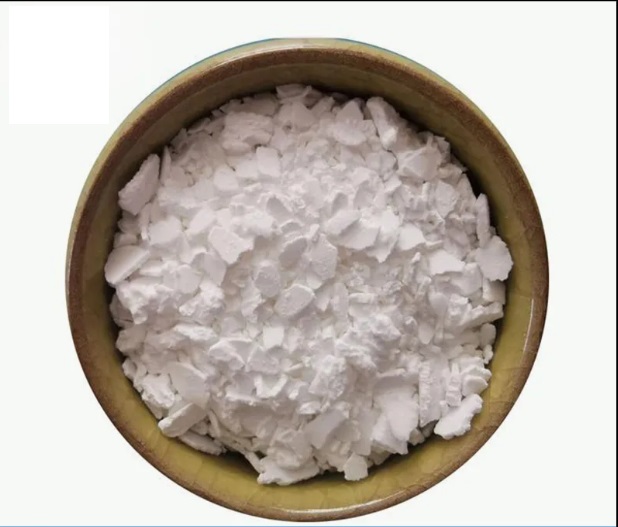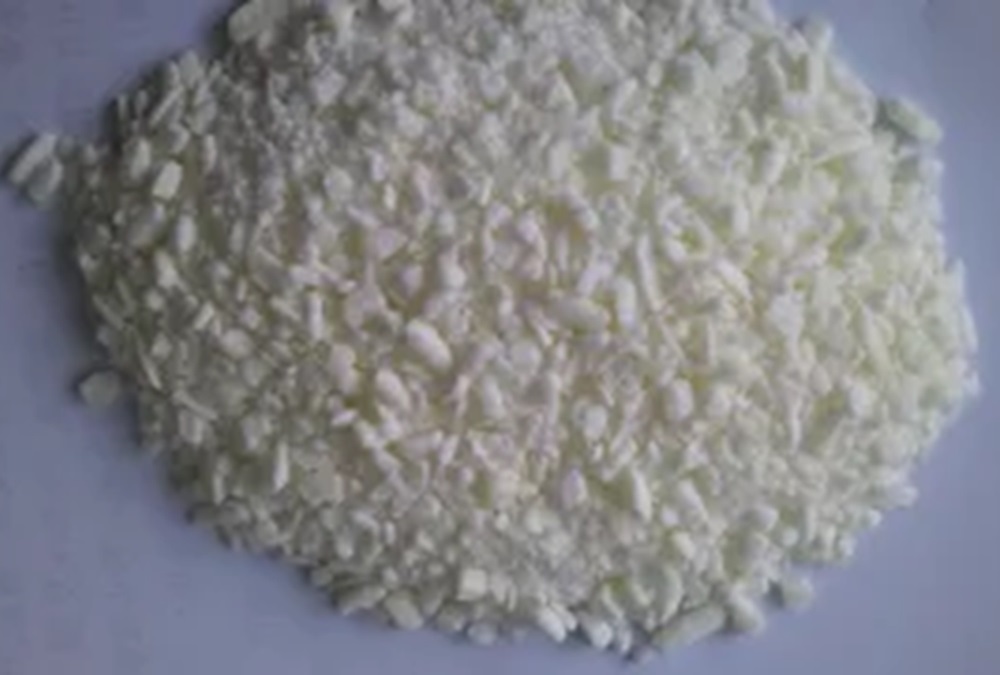We unleash your business potential by maximize the business innovation.
Send EmailDiacetone Acrylamide, Diacetonyl Acrylamide, DAA, DAAM, 2873-97-4
Physical and Chemical Properties
-
Chemical Formula: C₉H₁₅NO₂
-
Molecular Weight: 169.22 g/mol
-
Melting Point: 54-57°C
-
Boiling Point: 120°C (8 mmHg)
-
Density: 1.0873 g/cm³ (estimated)
-
Solubility: Soluble in water
-
Form: White or light yellow crystalline powder
-
Sensitivity: Hygroscopic; exposure to air may lead to auto-oxidation and peroxide formation
Applications
DAAM is widely used as a cross-linking agent in various industries:
-
Plastics & Resin Processing: Enhances mechanical strength in epoxy and polyester resins.
-
Adhesives: Improves adhesion and durability in bonding applications.
-
Coatings: Used in industrial coatings and marine paints for long-term protection.
-
Textile Processing: Increases wear resistance in fabrics.
-
Rubber & Elastomers: Improves flexibility and abrasion resistance.
-
Photosensitive Resins: Utilized in water-based coatings and gel electrophoresis applications.
Other Names
-
DAAM
-
DAA
-
Diacetonyl Acrylamide
-
N-(1,1-Dimethyl-3-oxobutyl)acrylamide
Production
DAAM is synthesized through the reaction of acrylamide derivatives with ketone carbonyl groups. It is commonly produced through polymerization, often stabilized using MEHQ inhibitors.
Why It Is Preferred
-
High cross-linking capacity
-
Chemical stability and heat resistance
-
Good solubility in water-based systems
-
Enhances durability in coatings and adhesives
Alternative Products
-
N,N'-Methylenebisacrylamide (MBAA): Used in polymer cross-linking.
-
Polyvinyl Acetate (PVA): Alternative for adhesives and coatings.
-
Epoxy Resins: Preferred in high mechanical strength applications.

